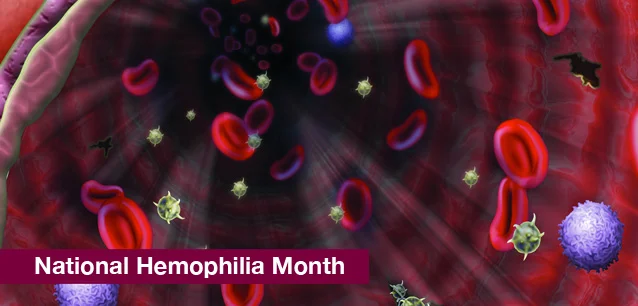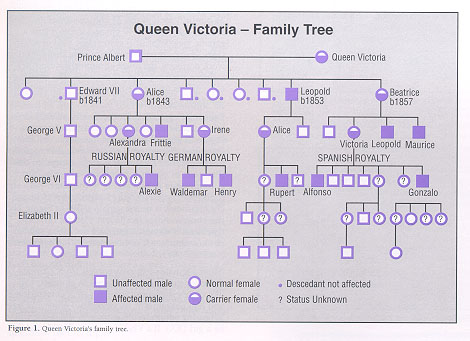 AD
AD
Today is: August 20
Scroll to explore events active on this date.
Additional Events on LEEP
LEEP INK FEATURES

August? Absolutely!
In August, we live through the Dog Days of Summer. It's hot and often humid, and those who can leave for better climates do. Down south, winter is in full force. August is also known as "the ...

In The Heat of July: July 2025 Events
Is it hot enough (or cold enough if you're below the equator) for you yet? There is actually a day for that! Like every month, I pick a diverse collection of events you may or may not know about. This ...

May Blooms: Events in May 2025
Along with October, May is one of the most densely packed months of the year. It's before the summer humidity and the last whole month of the school year. The weather is warming in t...
About Bleeding Disorders Awareness Month
Ends: Mar 31, 2022
DESCRIPTION:
Bleeding Disorders Awareness Month, formerly Hemophilia Awareness Month, focuses on the genetic blood disease that prevents blood from clotting normally. References to excessive and unexplained bleeding have been made since antiquity. In the Talmud, a collection of Jewish Rabbinical writings from the 2nd century of the Common Era, notes that male babies did not have to be circumcised if two brothers had already died from the procedure.
Hemophilia has often been called the " Royal Disease" .
Queen Victoria of England (1837-1901) was a carrier of the hemophilia gene and subsequently passed the disease on to several royal families. Victoria's eighth child Leopold had hemophilia and suffered from frequent hemorrhages, which were reported in the British Medical Journal in 1868.
By the 1990s, the safety and efficacy of factor concentrates improved.
In 1992, the first recombinant factor VIII product was approved by the Food and Drug Administration (FDA).
In 1997, the first factor IX product was granted FDA approval. Additional synthetic drugs such as desmopressin acetate (DDAVP) were also introduced to treat mild-to-moderate Hemophilia A and Von Willebrand disease.
By the mid 1990s prophylactic (a preventative treatment regimen) therapy in children with hemophilia became more common. Since the advent of prophylaxis, children could look forward to a life of less pain, without the orthopedic damage associated with chronic bleeding.
As a result, most children born with hemophilia in the U.S. today can look forward to long, healthy and active lives.
This event first occurred in 1986.
VIDEOS
SUPPORTING DOCUMENTS
Currently, this event does not have supporting documents.
Where would you like to go now?
 AD
AD




/footer-logo.svg)
